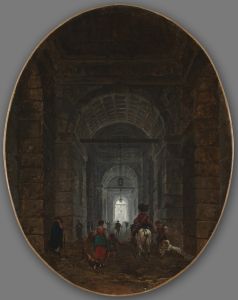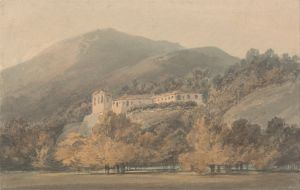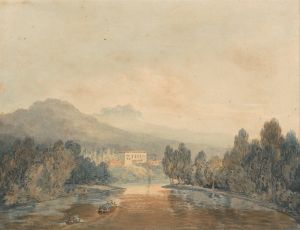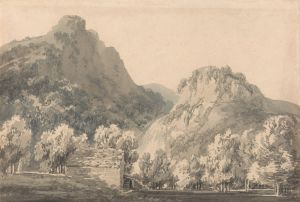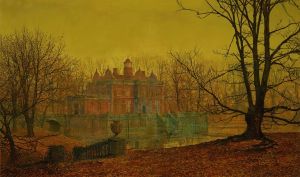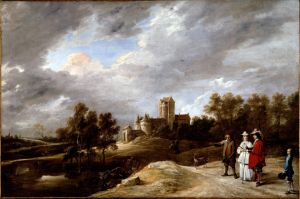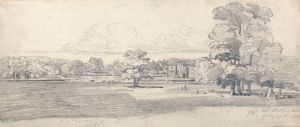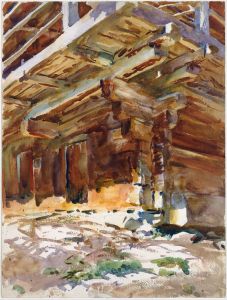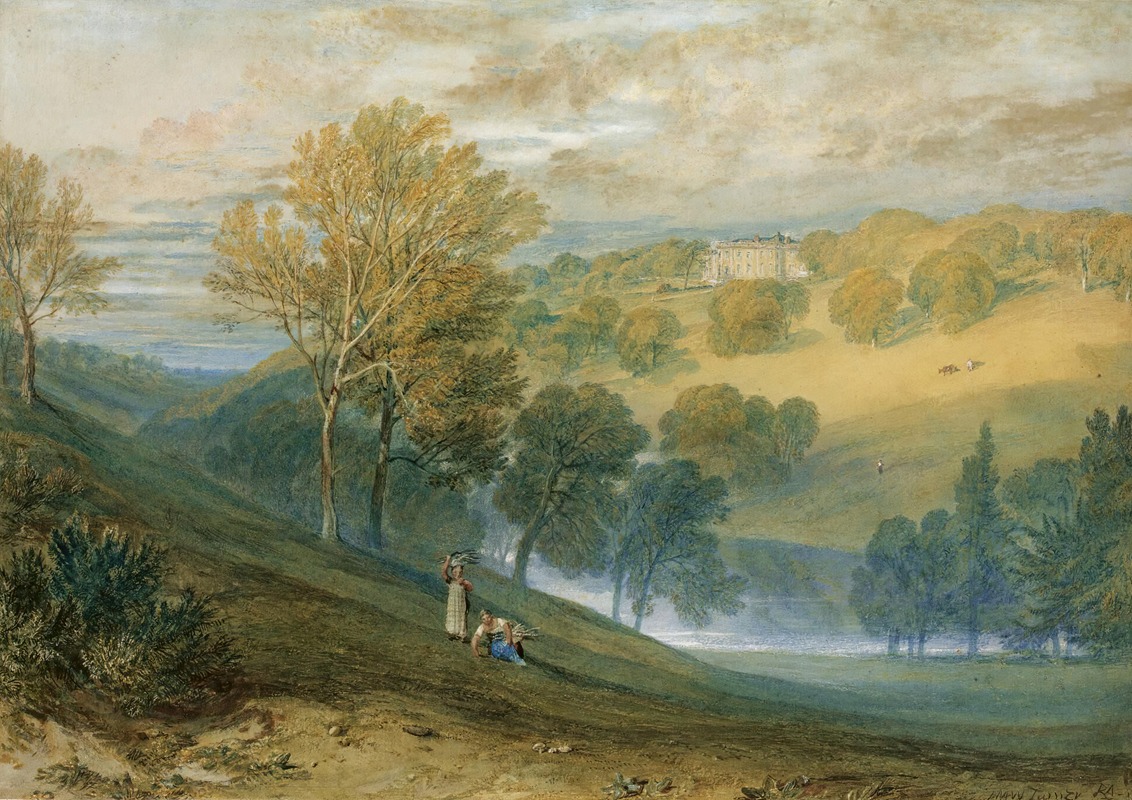
Gledhow Hall, Yorkshire
A hand-painted replica of Joseph Mallord William Turner’s masterpiece Gledhow Hall, Yorkshire, meticulously crafted by professional artists to capture the true essence of the original. Each piece is created with museum-quality canvas and rare mineral pigments, carefully painted by experienced artists with delicate brushstrokes and rich, layered colors to perfectly recreate the texture of the original artwork. Unlike machine-printed reproductions, this hand-painted version brings the painting to life, infused with the artist’s emotions and skill in every stroke. Whether for personal collection or home decoration, it instantly elevates the artistic atmosphere of any space.
Joseph Mallord William Turner, one of the most renowned British artists of the 19th century, is celebrated for his expressive colorization, imaginative landscapes, and turbulent marine paintings. Among his extensive body of work, "Gledhow Hall, Yorkshire" is a notable piece that reflects his mastery in capturing the essence of English architecture and landscape.
"Gledhow Hall, Yorkshire" is a watercolor painting created by Turner, showcasing Gledhow Hall, a historic estate located in Leeds, West Yorkshire. The hall itself is an architectural gem, originally built in the 17th century and later remodeled in the 18th century. It is a fine example of the period's architecture, with its classic design and picturesque surroundings.
Turner's depiction of Gledhow Hall is a testament to his ability to blend architectural precision with the natural beauty of the landscape. His use of watercolor in this piece is particularly significant, as it demonstrates his skill in manipulating the medium to create atmospheric effects and subtle gradations of light and shadow. The painting captures the hall nestled amidst lush greenery, with the surrounding landscape bathed in soft, diffused light, a hallmark of Turner's style.
The composition of "Gledhow Hall, Yorkshire" reflects Turner's interest in the interplay between human-made structures and the natural environment. The hall is positioned in harmony with its surroundings, suggesting a seamless integration with the landscape. This approach is characteristic of Turner's work, where he often sought to depict the sublime beauty of nature alongside human achievements.
Turner's choice of subject matter in this painting may have been influenced by the picturesque movement, which emphasized the aesthetic value of rural and natural scenes. During the late 18th and early 19th centuries, there was a growing appreciation for the English countryside, and artists like Turner played a crucial role in popularizing these themes through their work.
The painting of Gledhow Hall is part of Turner's broader exploration of English heritage sites. Throughout his career, Turner traveled extensively across Britain, capturing the essence of its landscapes and historic buildings. His works from this period often served as a visual record of the nation's architectural and natural treasures, contributing to a burgeoning sense of national identity.
While specific details about the commission or exhibition history of "Gledhow Hall, Yorkshire" are not extensively documented, it is known that Turner's works were widely exhibited and acclaimed during his lifetime. His paintings were often featured in the Royal Academy of Arts in London, where he was a member and eventually became the professor of perspective.
Today, Turner's legacy endures, with his works held in major collections around the world, including the Tate Britain in London, which houses the largest collection of his works. "Gledhow Hall, Yorkshire" remains an important piece within his oeuvre, exemplifying his unique ability to capture the spirit of place through his innovative use of watercolor and his profound appreciation for the English landscape.
In summary, "Gledhow Hall, Yorkshire" by J.M.W. Turner is a significant work that highlights the artist's skill in watercolor, his interest in English architecture, and his contribution to the picturesque movement. Through this painting, Turner not only immortalized a historic estate but also celebrated the harmonious relationship between human creations and the natural world.






